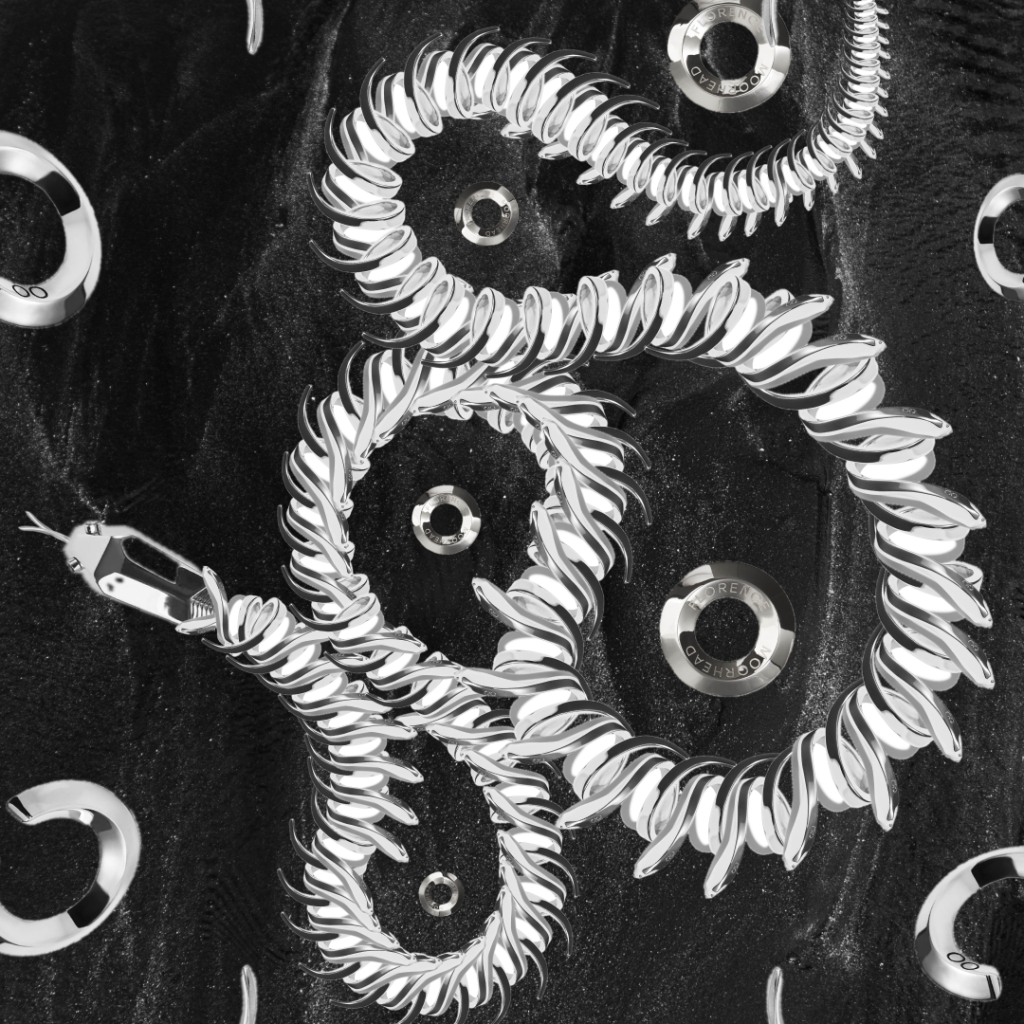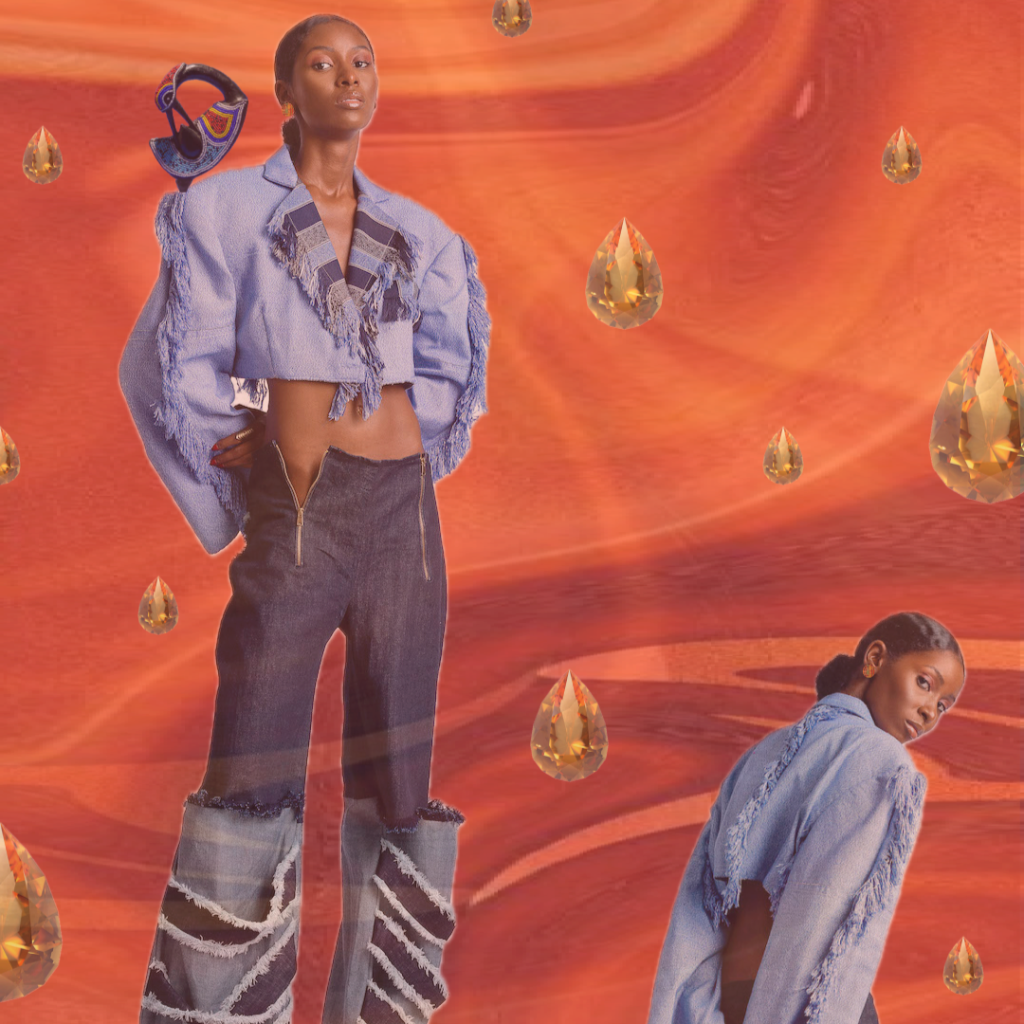Fashion photography before WWII: the history of an art form
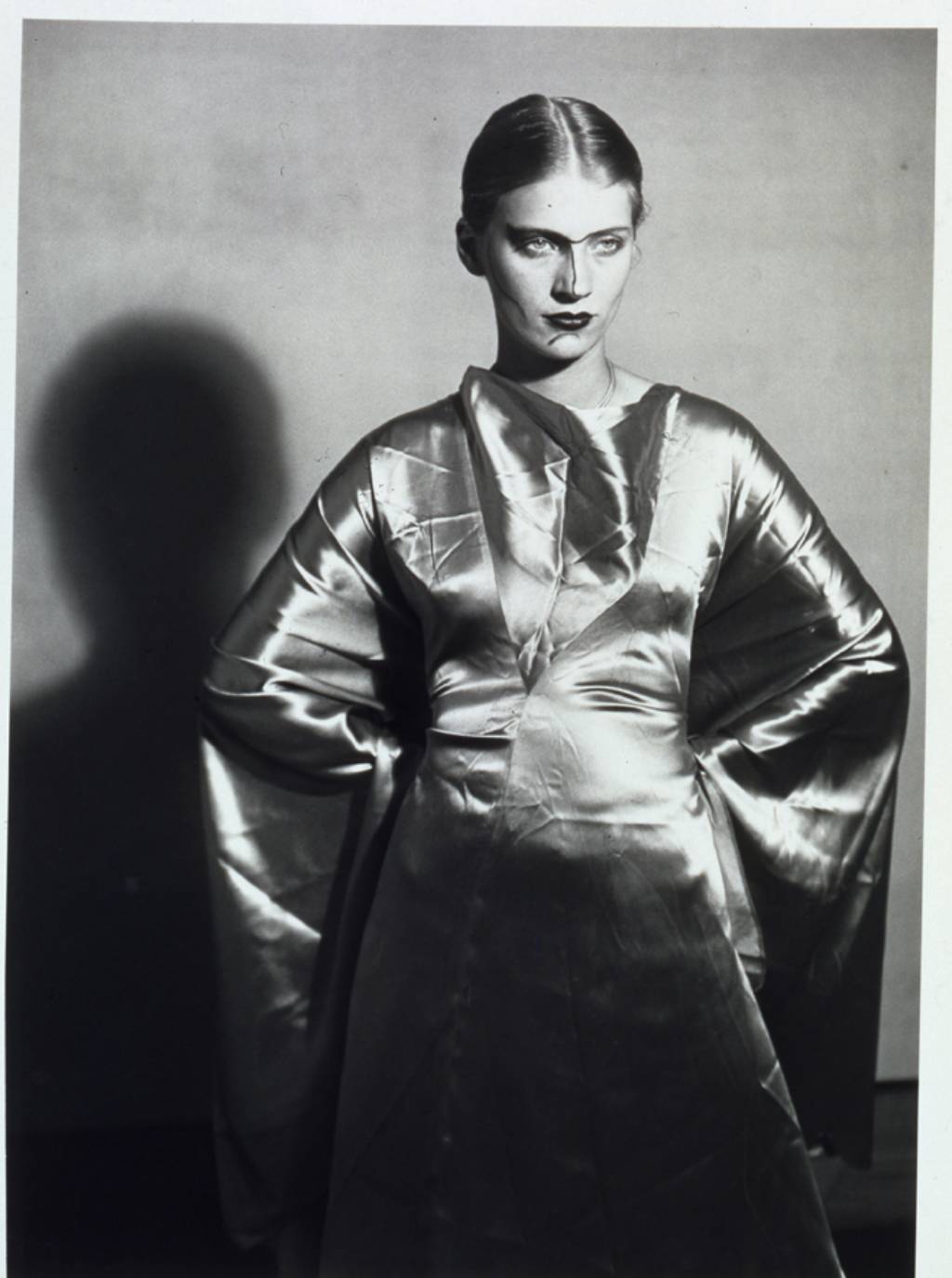
Fashion photography is an important tool for fashion brands, but it’s also an art form in its own right. Let us explore the history and evolution of fashion photography in the 20th century until World War II with the most important visual artists of the time.
The images we choose in the fashion industry have a major importance in the whole universe of the brand. They carry in most cases the first impression we have of a product, of a vibe, of the collection, of the season…
Fashion photography has been around for almost as long as photography itself. One of the earliest fashion photographs was taken in 1856 by Adolphe Braun, who photographed Empress Eugenie of France in her court dress. This supposed only the debut of this art form, and a few years later, in the early 20th century it came into his own.

That was the time when photographers began to experiment with new ways of capturing fashion images. One of the most important innovators was Edward Steichen. He was the first photographer to use artificial lighting, creating dramatic portraits of couture clothing by designer Paul Poiret.
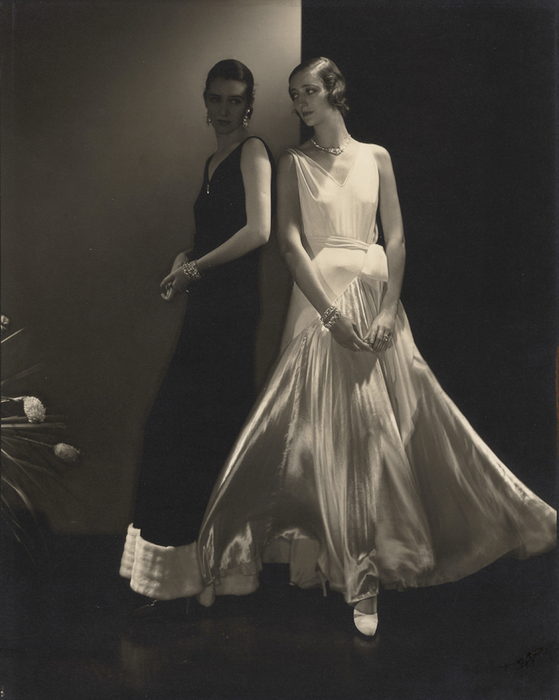
In the years that followed, Man Ray comes as the most prominent name of the 20s. Those sort of “crazy” years were a revolution in all the senses. After the trauma that the first World War caused, the world turned upside down to intense deprivation, excess and death. There was intense experimentation in all types of art.
This context feeds the entire artistic avant-garde, of which the Dadaists and Surrealists were the most hungry. Man Ray was born in Philadelphia to a family of textile craftsmen on August 27, 1890. His real name was Emmanuel Radnitsky and he became a pillar of 20th-century art. His painting marked with Dada did not meet big success in New York, but rather in Paris where the artist puts down his suitcases to settle down. There, he takes inspiration from the Dada of Duchamp, Dali, Elouard… Together the group of artists created surrealism, much more accepted in Europe than in his natal America.
He exposed the sensuality and the expression of human desire in a way never made before. The female body was reimagined, not exposed in the classical way but beyond, highlighting the sensuality of a look, a gesture, of the small detail that makes a connection.
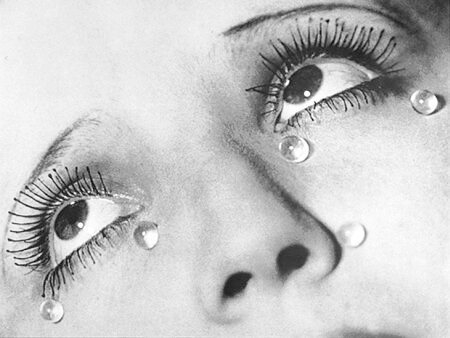
George Howningen-Huene went to Paris in the 20s as well, meeting Man Ray and all the other artists of the surrealist movement.
In the 40s, he worked in Hollywood and his portraits of the film stars of that era such as Ingrid Bergman, Charlie Chaplin, Greta Garbo, Ava Gardner, and Katharine Hepburn, are some of the most enduring images of the Golden Age of Hollywood.

Cecil Beaton launched his career in 1926 with a solo exhibition in London. That won him an immediate contract with Vogue, where he worked for the next 30 years.
He has also made successful set and costume design for stage and film productions, such as My Fair Lady (1956). The movie won him three Oscars for costume and art direction.
“Be daring, be different, be impractical, be anything that will assert integrity of purpose and imaginative vision against the play-it-safers, the creatures of the commonplace, the slaves of the ordinary.” Cecil Beaton Theatre Arts, May 1957.

Horst P. Horst was a master of light and composition and his experimentations such as double exposures, produced some of the most iconic fashion images of the century.
During his career, Horst was introduced to many artists, including other photographers like Cecil Beaton and Hoyningen-Huene. By the mid-1930s, Horst had surpassed his mentor Hoyningen-Huene as French Vogue’s main photographer. His images frequently appeared in the American, British, and many editions of the magazine.
In the same decade, Horst experimented with Surrealism by photographing the surreal dress designs of his friend Elsa Schiaparelli and began his working relationship with Salvador Dalí.
Horst’s most known photograph is Mainbocher Corset, taken in 1939 at Vogue studios in Paris on the eve of World War II. Horst left France the next morning to escape the upcoming conflict and emigrated to the United States. There he started to work for American Vogue, continuing for the rest of his life.
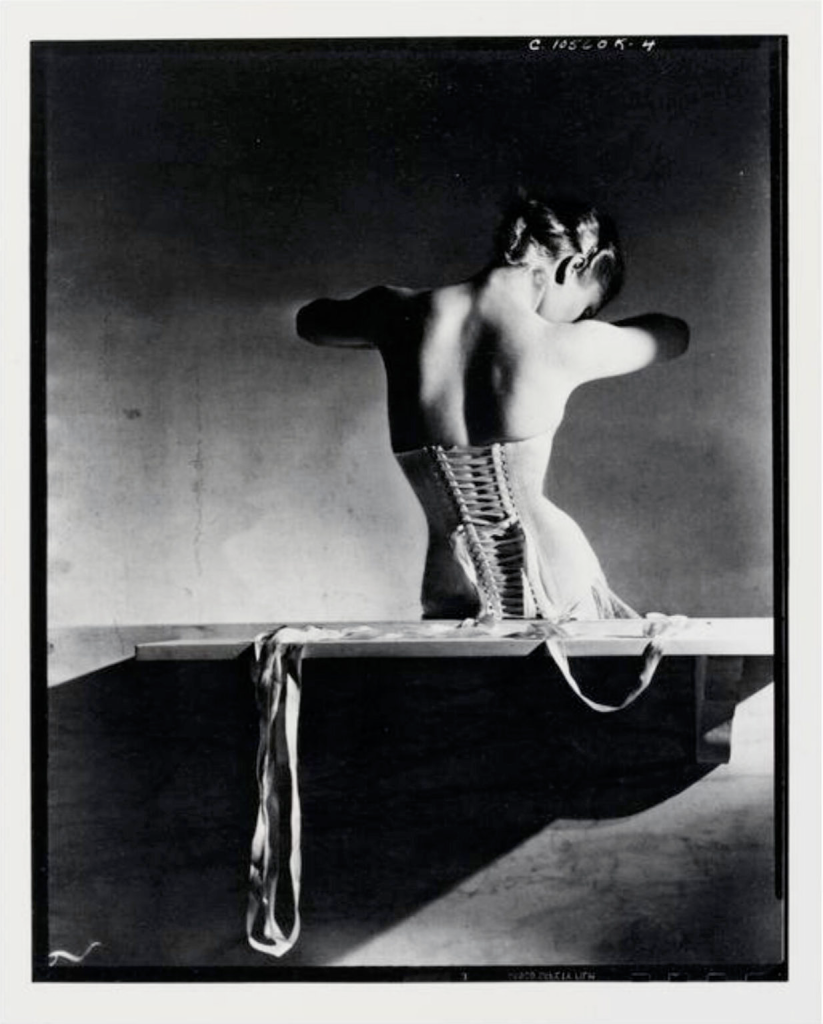
Lee Miller was the first to be a photographer and model at the same time, posing for her self-portraits that have made history.
She became a celebrated Surrealist under the tutelage of her lover, Man Ray, and then joined the war effort during World War II, documenting everything for Vogue.
The world of fashion was the backbone of Miller’s creative development, as well as the effects of war on the lives of women in the 1940s and 1950s. Her photographic record of women’s indomitable spirit has remained an invaluable resource in fashion history.
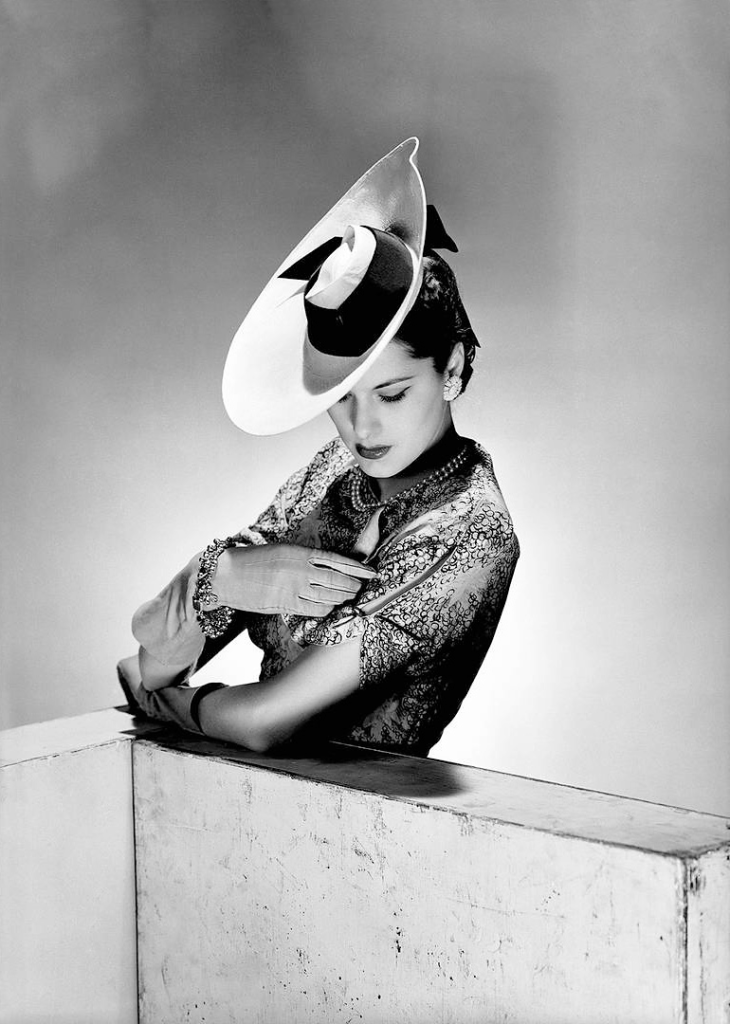
We hope you enjoyed this journey through the history of fashion photography with us. Stay tuned for the next part in Paradigme Mode.

